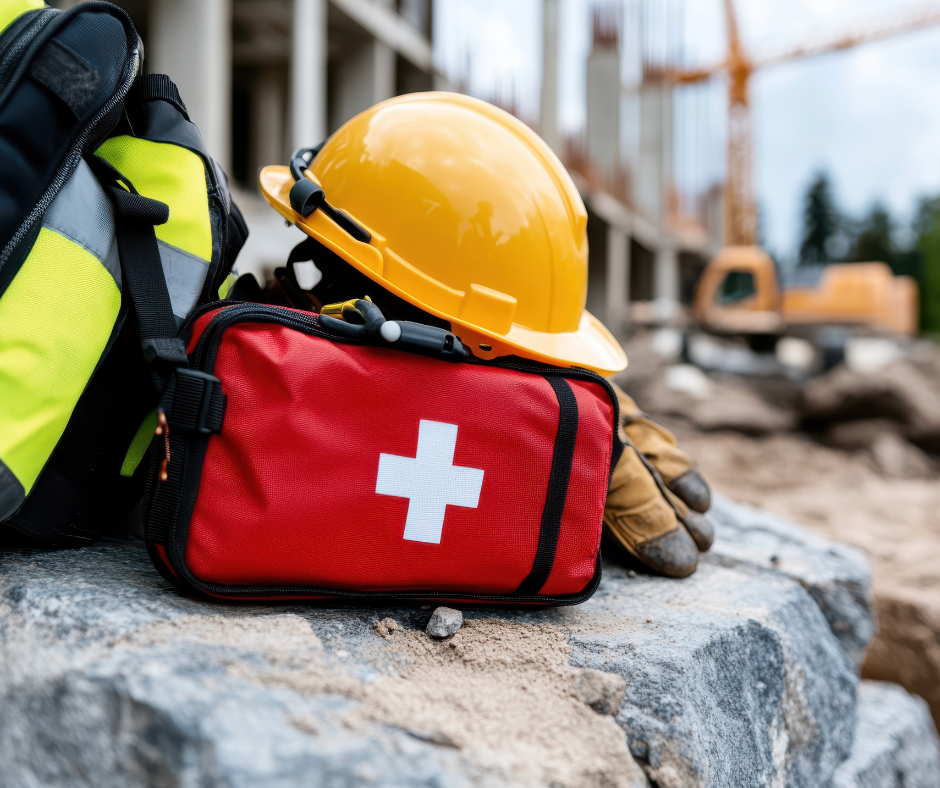Prioritising fall risks when planning your construction activities is a smart way to reduce the chances of falling from heights. Planning ahead is crucial for preventing falls while working at elevated levels. For practical safety tips, WorkSafe ACT offers useful safety advice on their website.
So how do we prevent falls from height on our residential sites?
- Primary responsibility: Ensure safety of anyone on the worksite. This is achieved through planning, good communication, training and instruction.
- Consultation and coordination: All PCBUs must consult, coordinate, and cooperate where responsibilities overlap. (e.g. builder & subcontractors).
Specific duties:
- Clients must consult with designers and builders to ensure safety from hazards like falls.
- Designers identify and eliminate fall hazards through design modifications.
- Workers must follow safety instructions and training to avoid risks.
Risk management for falls
- Less than 2 metres: Adopt a risk management approach to prevent falls.
- 2 metres or more: Identify hazards, provide physical fall prevention, and develop a safe work method statement
- Most common risk areas: Window / door and stairwell voids, roofs, balconies and ladders
Planning and equipment
- Identify fall hazards: Use inspections, task analysis, and accident investigation.
- Control risks: Eliminate hazards where possible and use the hierarchy of control.
- Equipment: Ensure correct selection, use, and maintenance of equipment.
Fall prevention in residential construction
- Training and information: Provide sufficient training and information to all workers.
- Checklist: Use a checklist to ensure all safety measures are in place.
Hierarchy of control for fall prevention
- Eliminate the hazard: Work on the ground or from solid construction.
- Passive fall prevention devices: Use scaffolds, perimeter screens, step platforms, guard railings, mast climbing platforms, trench protection, work boxes, safety mesh, or purlin trolleys.
- Work positioning systems: Implement total restraint systems or industrial rope access systems.
- Fall injury minimisation systems: Use catch platforms or full-arrest systems.
- Ladders/administrative controls: Use only when no better options are available.
